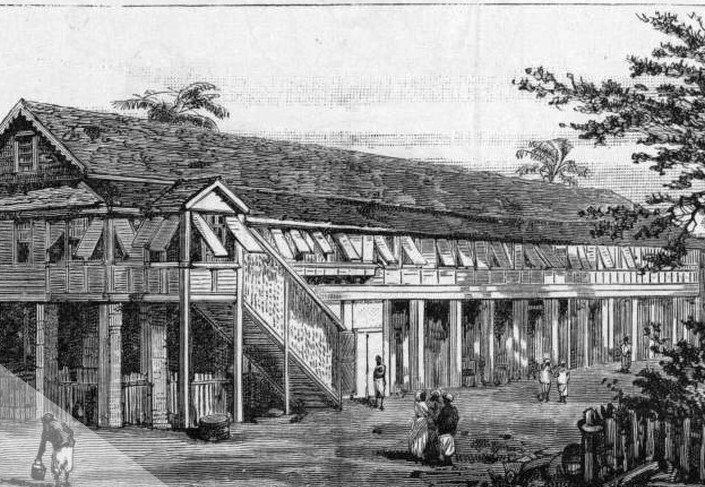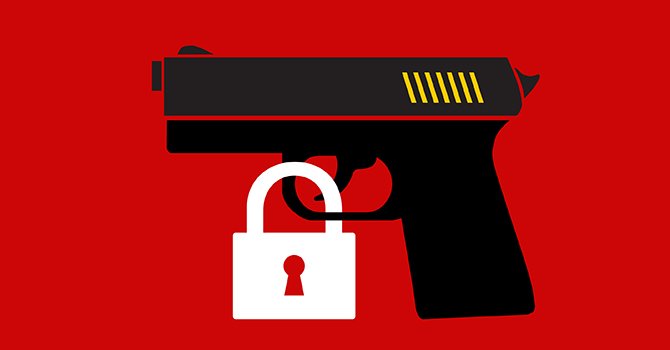By The New York State Bar Association
"Hate crimes . . . leave deep scars not only on the victims, but on our larger community. They weaken the sense that we are one people with common values and a common future. They tear us apart when we should be moving closer together. They are acts of violence against America itself. . . ." President Clinton made the foregoing speech 16 years ago. Today, the situation has only worsened with antisemitic hate crimes spiking on the heels of years of increased anti-Asian hate crimes. In October 2023, the FBI released data that shows hate crimes in the U.S. at their highest since data collection began in 1991. The Anti-Defamation League reported 2,000 antisemitic incidents in the U.S. through July 2023 and a 337% uptick in incidents after Hamas' October 7th attack on Israel. Similarly, from 2020–21, anti-Asian hate crimes spiked 339%. Almost daily, the headlines are filled with stories like the gunfire in front of an Albany synagogue in December 2023. Despite these dire statistics and reports, bar associations have not systematically studied this problem, a void which led NYSBA President Richard Lewis to convene this task force to examine the problem of hate crimes with a focus on those directed at the Asian American and Jewish communities. As President Lewis stated: “Antisemitic and anti-Asian bias in America is overt and disturbing, and it is increasing exponentially…We have launched this task force because we are at a crossroads, and left unchecked, we can only expect that crimes against these two vulnerable groups will continue to spiral out of control.” The task force has been grappling with the scourge of hate crimes, which present a clear and present danger to many, but most strikingly to New Yorkers. The members of our task force worked hard to put these recommendations together in the last several months. We held dozens of meetings, scoured the available literature, and met with prominent officials in the law enforcement and educational sectors. The dedication and talent of the task force has enabled us to put together the concrete recommendations contained in this report. Like bar associations, society as a whole has devoted insufficient attention to hate crimes despite the gravity of the problem. As a result, the statutory framework governing hate crimes contains gaps in the definition of hate crimes and in the coverage of the hate crime statute – deficiencies that are addressed in our report. Equally problematic are the mechanisms for reporting hate crimes, including the lack of a requirement that law enforcement in New York report hate crimes to a central state authority.
Our report follows the commendable work of the 2020 NYSBA task force on Domestic Terrorism and Hate Crimes. This groundbreaking report was focused on federal laws addressing acts of domestic terrorism.3 Not long after its publication, the wave of hate crimes against Asian Americans and the spike in antisemitic hate crimes ensued, necessitating our task force and this report. This report begins with analyses of antisemitic and anti-Asian hate crimes, including the history of antisemitism and anti-Asian hate – two forms of bias that have deep and disturbing roots. Far from a new phenomenon, antisemitism is as old as civilization itself. And anti-Asian hate crimes in the U.S. span the history of our country. See pages 9-10 below. Our report focuses on the recent waves of hate crimes ignited by exogenous catalysts: the COVID-19 pandemic in the case of anti-Asian hate crimes and the Hamas attacks of October 2023 in the case of antisemitic hate crimes. Our report addresses the disturbing increases in the rates of hate crimes during these recent troubled times.
Albany: The Bar Association 2024. 47p.




















